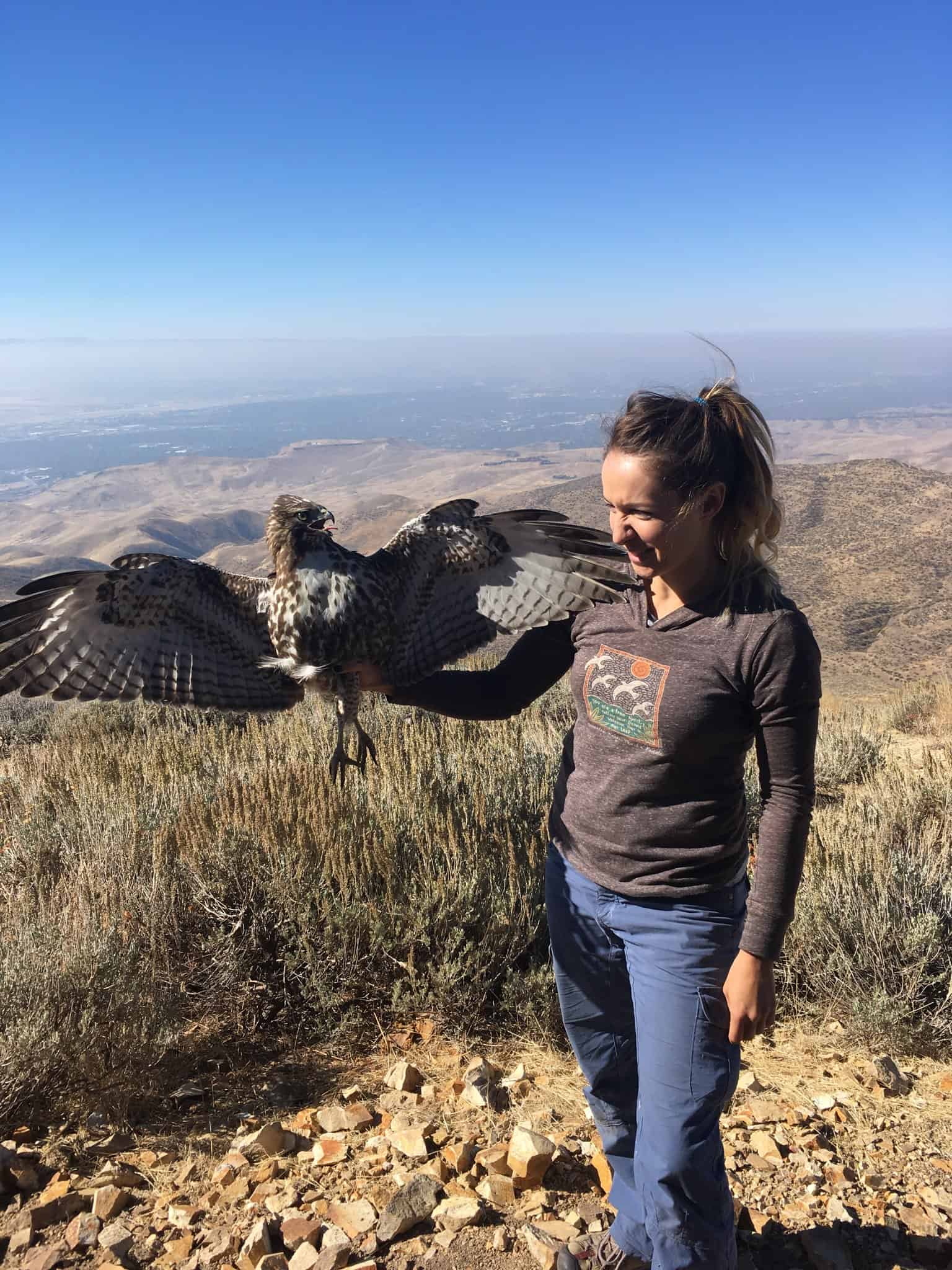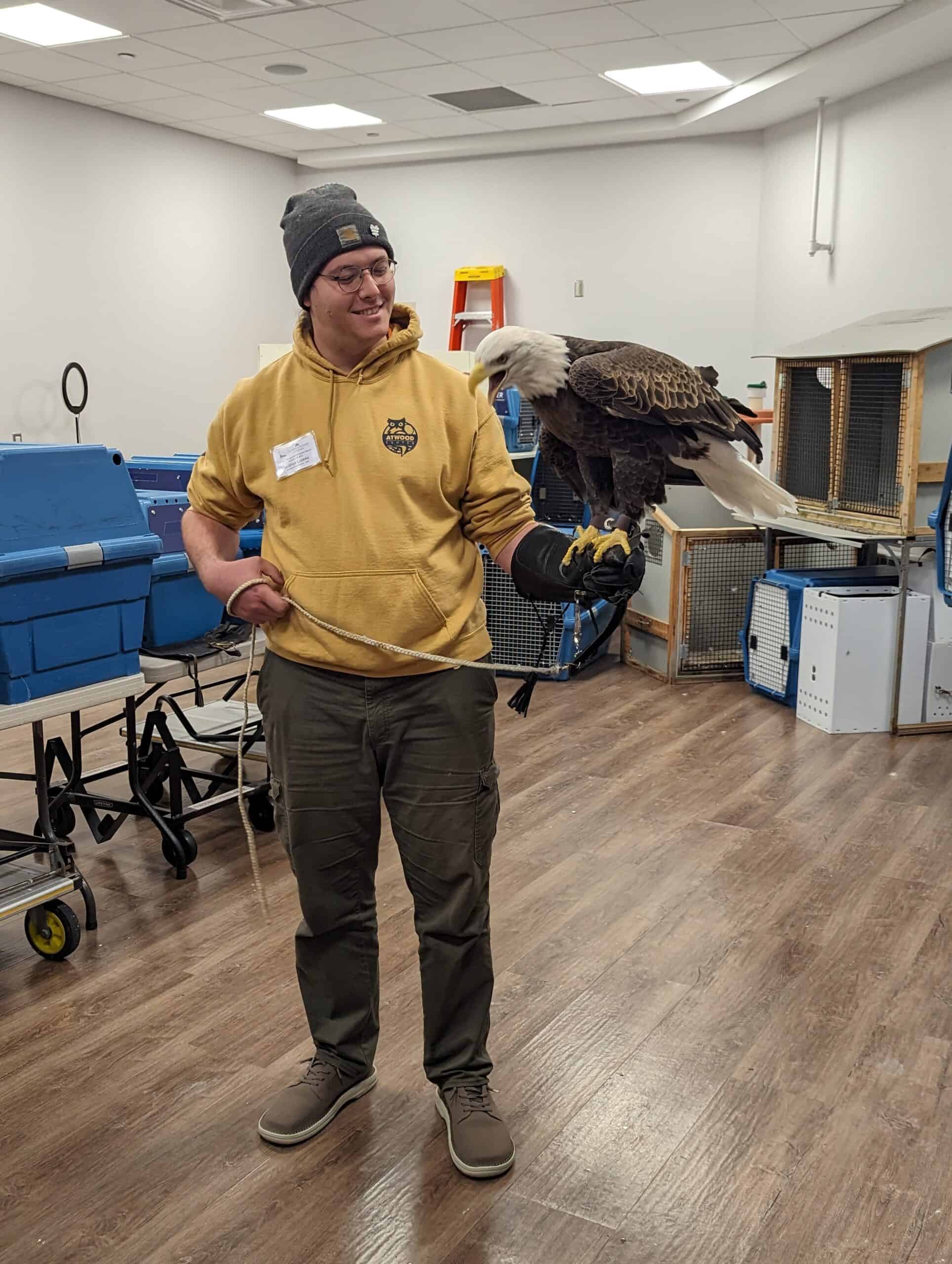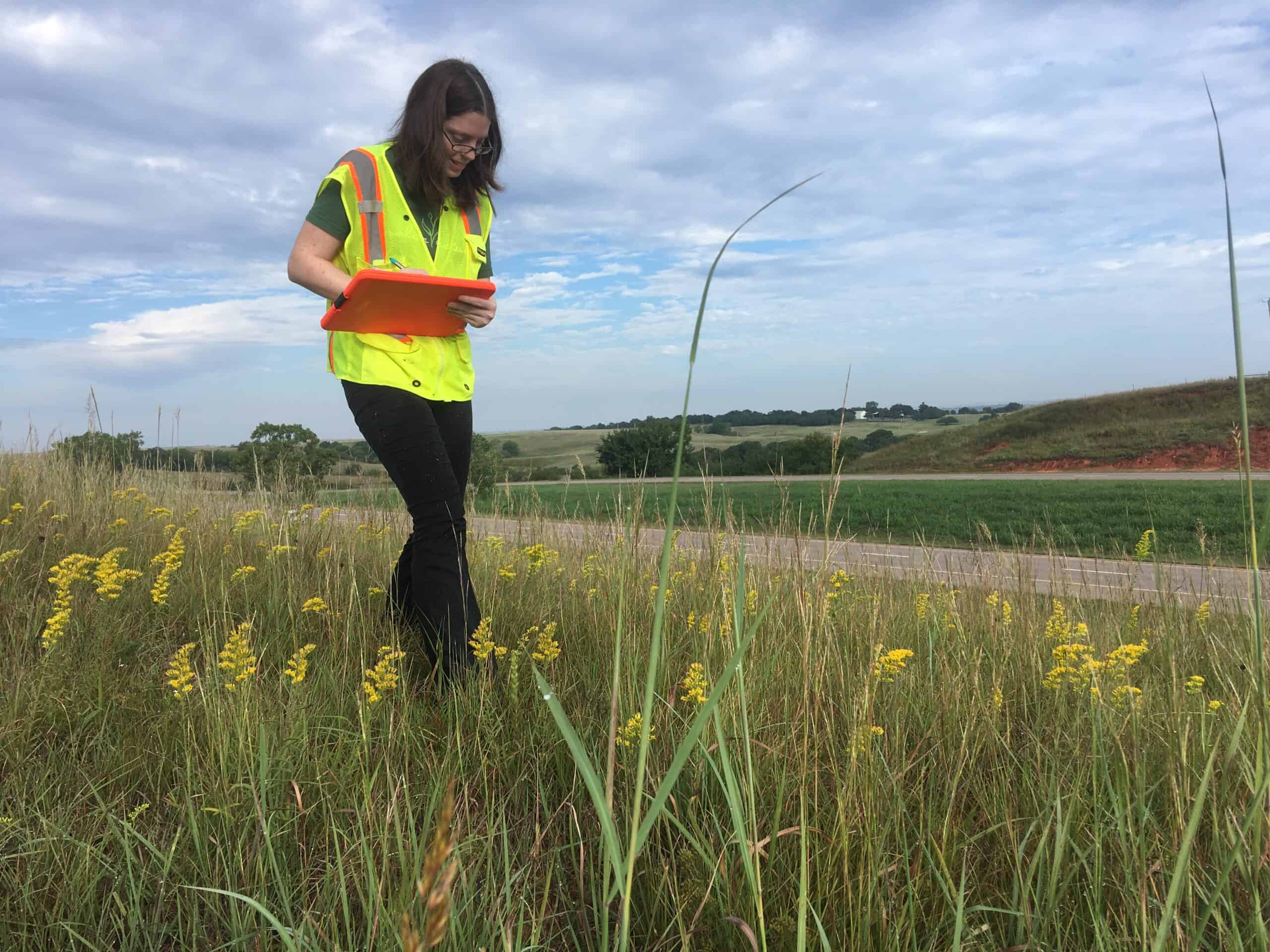Share this article
Wildlife Vocalizations: Tempe Regan
Regan discusses how she finds inspiration in the wildlife profession in the face of adversity
While pursuing a career in wildlife biology can bring great satisfaction, it can also sometimes be discouraging and require great personal sacrifice. I always tell early-career wildlifers that if they want to be successful, they should be sure they want this career badly, because they will be tested by adversity throughout their journey.
When I am frustrated or discouraged, I find my strength and joy in knowing deep down that I am called to this profession to the core of my being. I find my inspiration in the beauty of nature and wildlife around me, and the connection I make with God when I am working in nature.
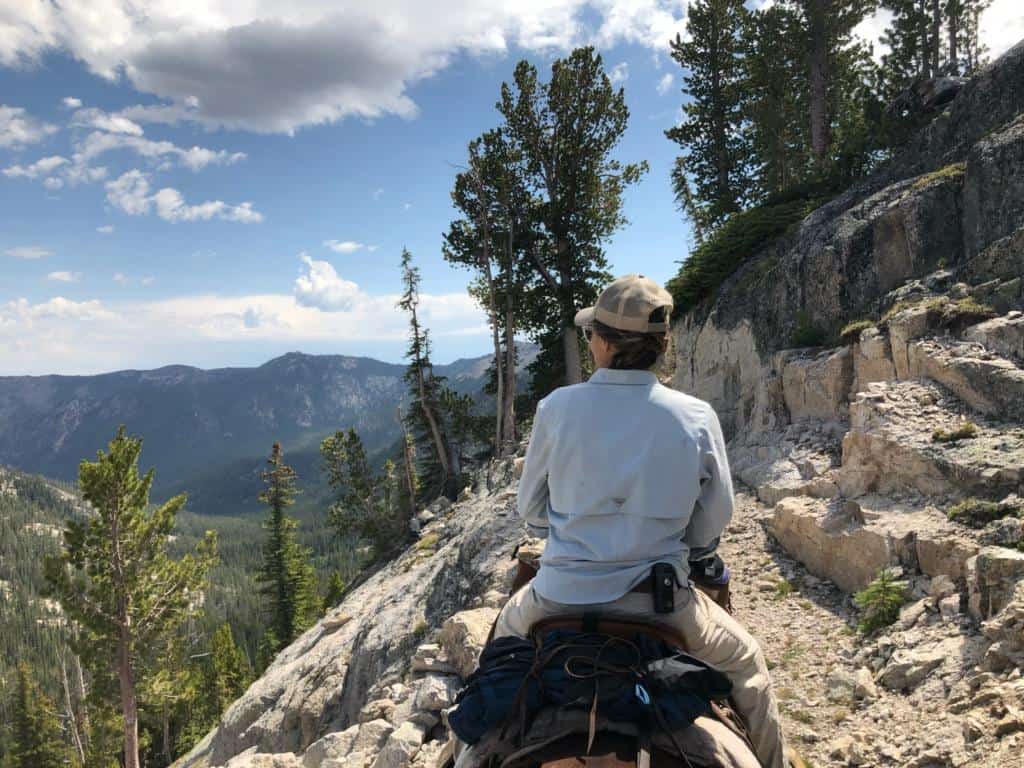
When I am lucky enough to observe animals in their natural environment by chance or through a targeted survey, I am often brought to tears at the wonder and amazing intricacy in nature and the life history traits of species I am observing. It is not uncommon for me to squeal in delight when I observe a target wildlife species on a survey, which my coworkers can attest to. I freely share my joy and my experiences in nature with my coworkers and friends, because I am also passionate about drawing others into the deep joys found in wildlife and nature observations. When I get to share wildlife observations and my knowledge of their unique traits with coworkers, volunteers and friends, it brings me a deep sense of satisfaction and joy.
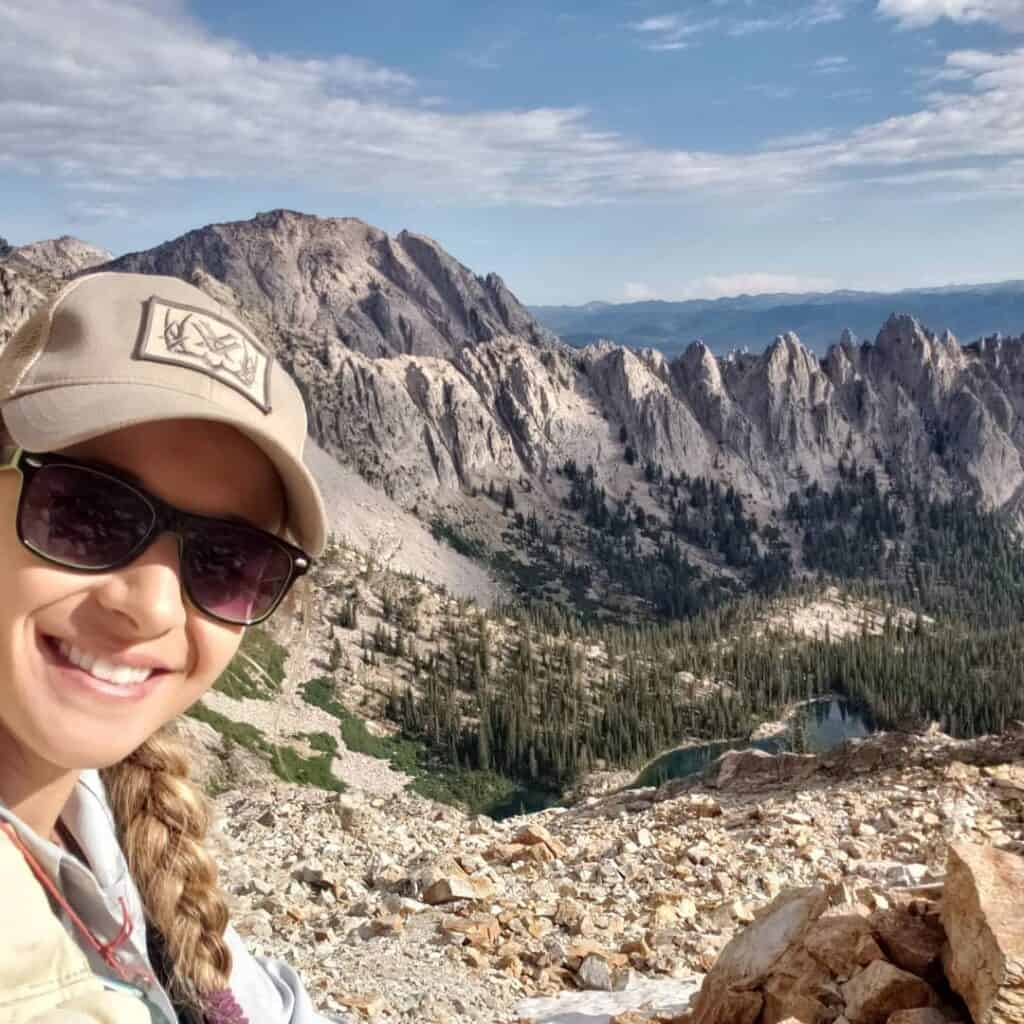
I think, in my job as a nongame biologist, that one of my biggest responsibilities is connecting people to the diverse array of nongame wildlife that is so often overlooked due to interest in more charismatic megafauna. When I see coworkers thrilled that they found western toads (Anaxyrus boreas) on a survey, that brings me joy. When I get to teach someone about the biology of a black rosy-finch (Leucosticte atrata) and watch them observe and identify their first one on a survey training day, it affirms to me that I’m in the right career and makes all the trials and travails I have overcome worth it.
If I, through my honest and passionate pursuit of nongame wildlife conservation, am able to draw a few other folks in to become champions for the intrinsic value found in nongame wildlife, then I will have been successful in my career. It is thoughts and experiences like these that sustain me and energize me, through all the ups and downs.
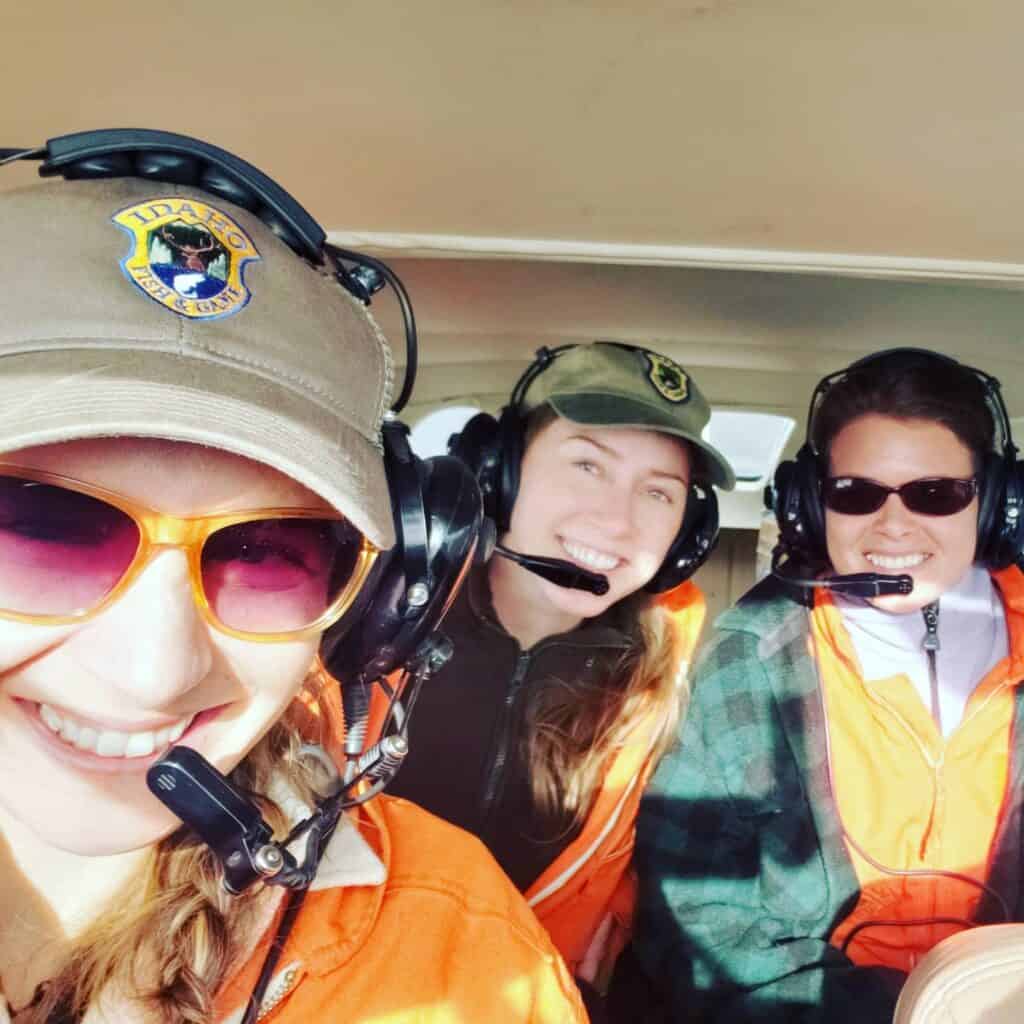
Wildlife Vocalizations is a collection of short personal perspectives from people in the field of wildlife sciences. Learn more about Wildlife Vocalizations, and read other contributions.
Submit your story for Wildlife Vocalizations or nominate your peers and colleagues to encourage them to share their story.
For questions, please contact tws@wildlife.org.
Header Image: Tempe Regan with a red-tailed hawk (Buteo jamaicensis) she trapped and banded at a raptor migration site, the Intermountain Bird Observatory's Lucky Peak site, in Idaho. Credit: Jay Carlisle



